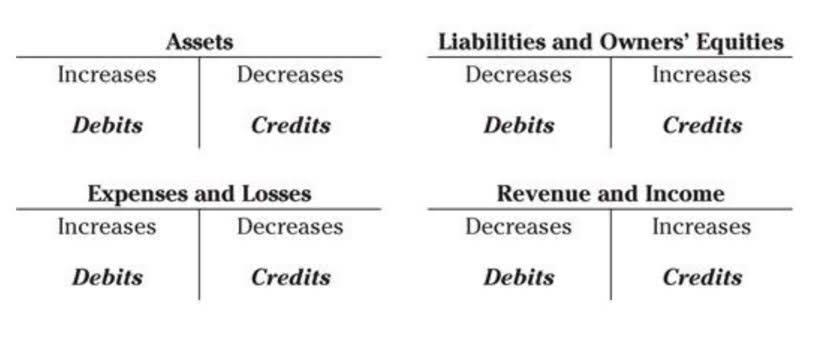
Sales returns involve products returned by customers, allowances are deductions due to product issues, and discounts are reduced prices for early payment or bulk purchases. As can be seen using the two accounts, allows information about the original sale to be maintained on the revenue account, and details of the sale returns to be maintained on the sales returns contra revenue account. In double entry bookkeeping terms, a contra revenue account or contra sales account refers to an account which is offset against a revenue account.
Strategies to reduce contra revenue

Accountants use contra accounts rather than reduce the value of the original account directly to keep financial accounting records clean. If a contra account is not used, it can be difficult to determine historical costs, which can make tax preparation more difficult and time-consuming. This type of account could be called the allowance for doubtful accounts or a bad debt reserve.
Do Contra Accounts Have Debit or Credit Balances?
Contra revenue represents the deductions from gross sales, providing insight into net revenue. To account for this, you would debit $50,000 in Accounts Receivable and credit contra revenue account $50,000 in Sales. If a client returns $1,000 worth of products, you record Sales Returns and Allowances by debiting $1,000 and crediting $1,000 to Accounts Receivable.
What Is a Contra Liability Account
In this way, a contra asset (credit) lowers the overall value of your accounts receivables (debit) on the balance sheet. The two most common contra accounts on a balance are accumulated depreciation and the allowance for doubtful debts. Accumulated depreciation tallies the depreciation to date of a fixed asset, such as a car or a building. Expenses are the costs of operating your business, like rent, salaries, and utilities. Contra revenue, on the other hand, directly reduces the sales figures reported on your financial statements.
Contra Account

The equity section of the balance sheet is where the shareholder’s claims to assets are reported. The main contra equity account is treasury stock, which is the balance of all stock repurchased by the company. When a company repurchases shares, it increases the fractional ownership of all remaining shareholders. The Notes Receivable account documents the total value of any promissory notes held by the company.
Example of Contra Revenue in Sales Discounts

Contra equity and contra revenue
- Within equity, an example of a contra account is the treasury stock account; it is a deduction from equity, because it represents the amount paid by a corporation to buy back its stock.
- You may use accounting software packages, such as QuickBooks Online to set up contra accounts.
- The amount is reported on the balance sheet in the asset section immediately below accounts receivable.
- In essence, contra accounts allow you to report your firm’s gross and net amounts.
- With contra equity accounts, you reduce the number of outstanding shares you list on your company’s balance sheet.
- If there’s an increase to allowance for uncollectible accounts, you record the same amount in the bad debt expense of your income statement.
- San Mateo County was listed as the county that donated the most in proportion to residents’ income.
How to Present Contra Accounts on Financial Statements




Comment closed!